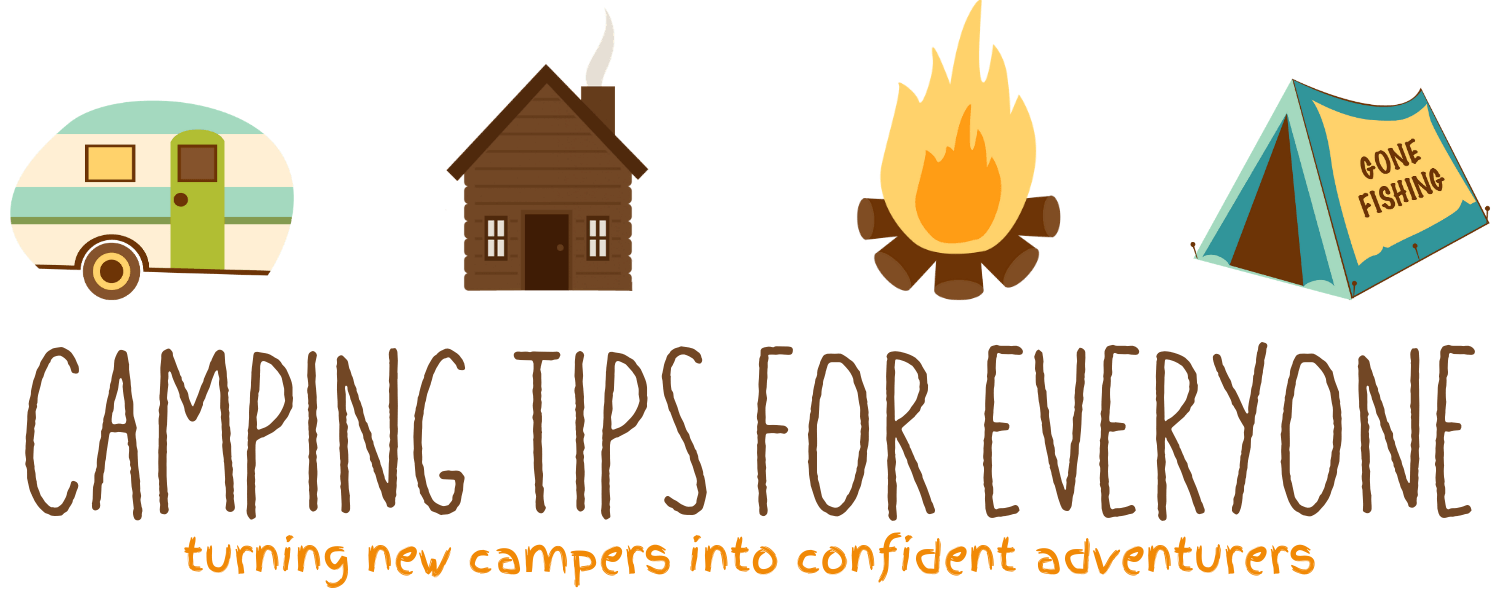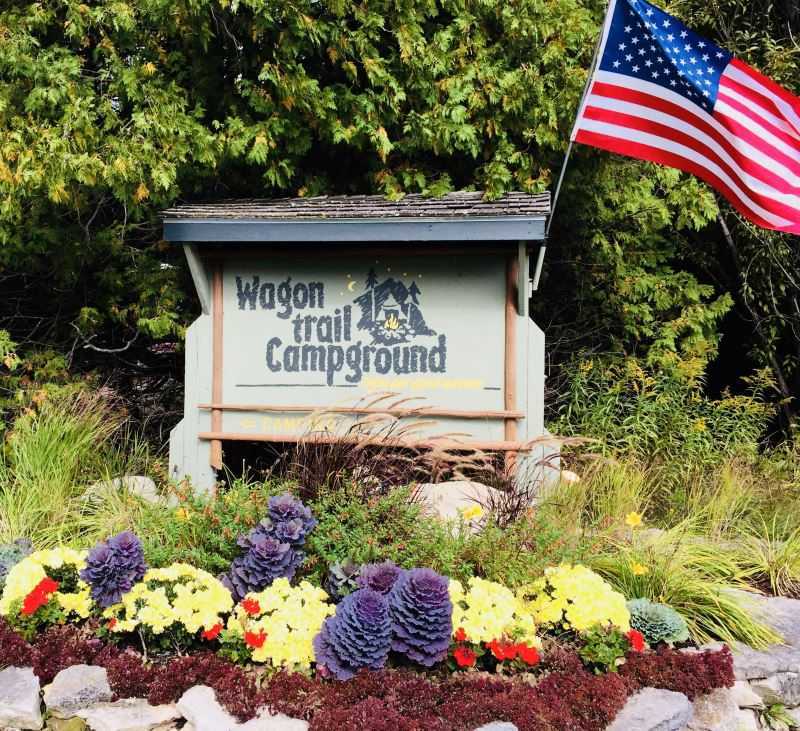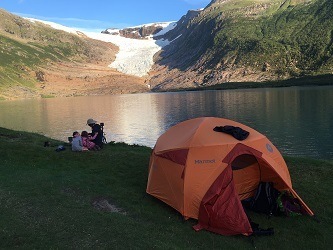US National Park Camping Tips You Need to Know | Camping Tips for Everyone
Last Updated on January 7, 2021 by Jody

For some families, National Park camping is an annual tradition. For others, camping in a National Park is a bucket list dream.
National Park camping doesn’t have to mean sleeping on the ground, eating charred hot dogs, or forsaking showers for a week. Those are all options, though! There are many different kinds of camping within the National Parks, from backcountry wilderness camping to “glamping” in a cabin or yurt. Here’s what you need to know about National Park camping sites.
Booking Your National Park Camping Reservation
The first thing you need to do, if you are even thinking about camping at a National Park, is to make a reservation! (This applies to hotels and lodges at National Parks, too!) Many National Parks set aside some camping sites as first-come, first-served, but if you are traveling a long distance and betting the family vacation on it, you definitely don’t want to chance it without a solid Plan B. If you can’t get a reservation and want to try getting a first-come first-served site, the best approach is to have a reservation nearby for your first night so that you can arrive early to the campground for a first-come, first-served site. Parks will vary, but at Glacier for example, you will queue up at the ranger station for the open sites. They even have a “fill rate” calendar on their website that gives you an idea of when the campsites fill up (between 7-8 a.m. for August of 2017!)
The process for making a National Park Camping reservation will vary by park, as many parks have turned reservations logistics over to 3rd parties, such as recreation.gov. The best place to begin planning your National Park camping trip is nps.gov where you will navigate to the park you plan to visit. Most National Park campgrounds accept reservations up to six months in advance and it can be competitive to get a spot! Be sure to research the park you want to visit and be ready on the first day that reservations open up for your time frame.
Cabin Camping
For those new to camping, cabin camping at a National Park campground can be a great way to test the waters without investing in too much camping equipment. Cabins at a National Park can range from upscale multi-room cabins with a kitchen and bathroom, to a simple yurt or sleeping cabin. The level of luxury will vary, as will the price. The more rustic your National Park cabin, the more you will need to bring along, such as bedding or flashlights, if an outhouse is involved! Some National Park cabins are sometimes considered lodging, and separate from the campgrounds, so make sure you know where the cabins are located before making your reservation!
More info: Cabin Camping 101
RV Camping

RV Camping is widely available in the National Park campgrounds, however services can vary greatly. If you require power and water hookups, be prepared to pay a premium for National Park camping sites. Specific park websites will give you all the information you need to make your National Park camping plans, but pay close attention to site length requirements as some National Park campgrounds may have limited access for extra large vehicles. Many parks also regulate the use of generators to specific hours so as not to disturb other campers.
More info: What We Learned From Our First RV Trip
Tent Camping
Tent camping at a National Park can be very similar to RV camping in terms of campsite locations and reservations. Generally, if you want the convenience of power and water, you can pitch a tent on an RV site, but you will pay more. Most campgrounds will have a special area set aside for tents, which is nice as they will usually have tent pads and tend to be a bit quieter and less expensive. When reserving your tent site online, check the park map to see what kind of tent site you want. Do you want to be near the bathrooms? Are you a light sleeper that will be disturbed by RV generators all night? When camping solo, especially in the quiet shoulder seasons, I like the peace of mind of camping near the campground host.
More info: Tent camping 101
Wilderness Camping
For those who really want to rough it, there is wilderness camping in the back-country. Backcountry sites are often only accessible by hiking, paddling, or skiing in to a location, which means you will have a lot more solitude than other campgrounds. National Park camping permits can be difficult to obtain for back-country sites, and you have the added complexity of confirming your route to ensure compatibility with your permit. At places like Isle Royale, for example, the logistics of lining up your backcountry permit application with the ferry schedules and your daily hiking capability can be very challenging! When applying for the National Park camping permits, you’ll need to have a map and several options laid out to ensure the best probability of getting a permit that works for you! For popular hikes such as the Wonderland Trail in Mount Rainier National Park, you will submit up to three itinerary proposals for approval by staff rangers. It is worth jumping through hoops though, as some of the best campsites I’ve ever had were backcountry sites in National Parks like Canyonlands and the Grand Canyon.
More info: Backcountry Camping 101










